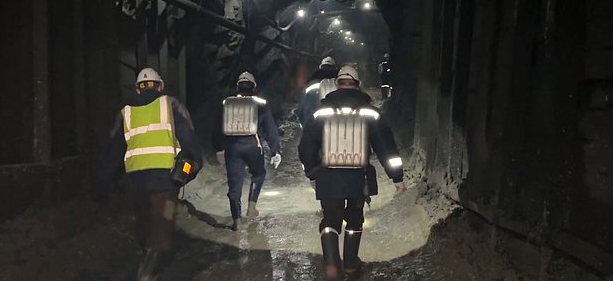After two suspense-filled weeks, a mine in Russia’s Far East ceases its rescue operations, facing insurmountable dangers and a heart-wrenching decision.
Others are reading now
In the chilly expanse of Russia’s Amur region, a glimmer of hope for the rescue of 13 miners trapped underground has been extinguished.
The Pioneer mine, the site of a harrowing accident that has captured the nation’s attention, announced a sudden halt to the rescue operation that had been fervently pursued for two weeks.
This decision, stemming from an imminent risk of further collapses, marks a devastating moment for the families awaiting the return of their loved ones.
A Risk Too Great
Also read
According to TASS, the operation’s suspension was driven by a grim discovery: all efforts to reach the trapped miners only revealed that the tunnels had become impassable, choked with water, clay, and ice.
Despite the tireless work of the rescue team, who drilled four wells in a desperate bid to locate the miners, the unstable ground and the threat of additional cave-ins made continued efforts untenably dangerous.
A Promise Amid Tragedy
In the face of this tragedy, the Pioneer mine has committed to supporting the affected families financially, pledging a year’s worth of wages as a lump sum to each miner’s relatives.
Furthermore, the company has made a vow to continue supporting the miners’ children with monthly payments until they reach adulthood—a gesture of solidarity in a time of loss.
The incident, which occurred on March 18 due to a catastrophic collapse, has not only led to a relentless but ultimately futile rescue operation but has also drawn scrutiny towards the mine’s safety practices.
The mine director is currently in custody, facing charges related to safety violations and negligence. As investigations continue, there’s a growing demand for accountability and a thorough examination of the mining industry’s adherence to safety protocols.


